Seminar, Session 3: Artistic Photo
This is the 3rd class in of the course Seminar of Artistic Photography.
This session was a little more challenging, almost one hour we were discussing about camera and smartphone sensors. Cameras have different dimensions that the smartphones. As the technology progresses, the sensors become smaller.
Types of Lenses
The most usual type of lenses are:
For Cameras
- Wide-Angle Lens (10-35mm) – Great for landscapes, architecture, and interior shots.
- Standard Lens (35-85mm) – Ideal for portraits and everyday photography.
- Telephoto Lens (85-300mm and beyond) – Used for sports, wildlife, and portraits.
- Macro Lens – Designed for extreme close-ups, capturing fine details.
- Fisheye Lens (8-15mm) – Ultra-wide-angle lens with a distorted, circular effect.
- Tilt-Shift Lens – Used for perspective control in architecture and creative photography.
For mobile phones cameras
On mobile phones, the 0.5x, 1x, 2x, etc. numbers refer to the zoom levels and the type of camera lens being used. Here’s what they mean:
- 1x (Standard / Wide-Angle Lens)
This is the main camera of your phone.
It has a focal length of around 24-28mm (in full-frame equivalent).
Best for general photography and everyday use.
0.5x (Ultra-Wide Lens)
This is the ultra-wide-angle lens, meaning it captures a wider field of view.
It has a focal length of around 12-16mm (full-frame equivalent).
Used for landscapes, architecture, and group shots.2x / 3x / 5x / 10x (Telephoto / Zoom Lenses)
These numbers represent optical zoom levels.
A 2x zoom lens is around 50mm focal length (good for portraits).
A 3x-5x zoom is a longer telephoto lens (often around 70-125mm).
A 10x zoom is a periscope-style lens (over 200mm) for distant subjects.

These are the sizes of the frames per camera or mobile
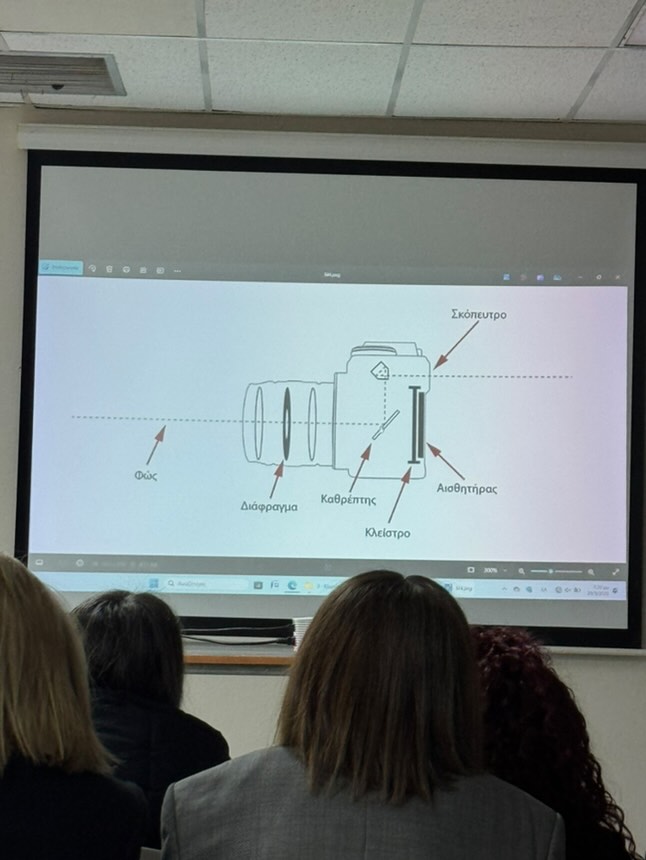

The first one from the bottom is the fisheye lens and as it grows, so changes the lens to become a super tele lens at the end.

At this images, we see that as the zoom increases, so do the millimeters.

As focal length increases, the field of view narrows, bringing far objects closer.
Optical zoom uses physical lens movement to increase focal length, maintaining quality.
Digital zoom just crops and enlarges the image, reducing sharpness.
Aesthetics
We continued discussing about Aesthetics, (in Greek Αισθητική)

Aesthetics is a branch of philosophy that explores the nature of beauty, art, and taste. It examines how we perceive and evaluate art, design, and even everyday experiences from a sensory and intellectual perspective.
Origins & Development
The term "aesthetics" was first introduced by Alexander Baumgarten in the 18th century as the study of sensory perception.
In the past, philosophers like Plato, Aristotle, Kant, and Nietzsche have debated whether beauty is objective (inherent in things) or subjective (dependent on personal experience).
We discussed how in modern times, aesthetics intersects with psychology, culture, and even technology (e.g., digital art, AI-generated aesthetics) and how beauty standards change. I told the example of how young people consider beautiful the tattoos and many earrings in different parts of their body.
Can art exist without meaning or purpose?
I think that everyone may have a different answer to this...
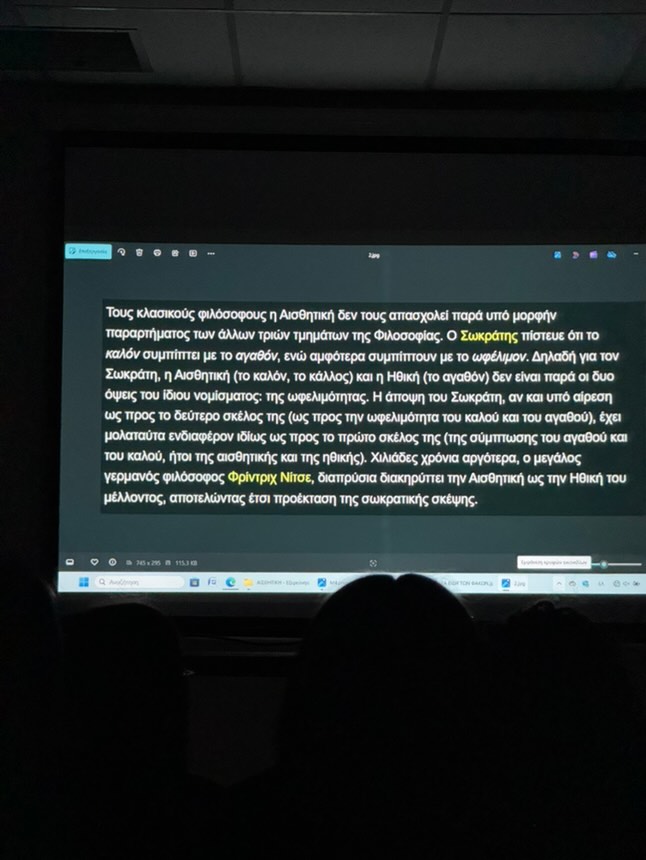
In our class we often discuss about what Ancient Greek Philosophers believed.
Socrates
Socrates believed that true beauty was not just physical appearance but a reflection of inner goodness and virtue, closely linked to moral and intellectual development.
For Socrates, the most useful pursuit in life was wisdom, with actions guided by reason and the aim of moral excellence. He saw beauty and usefulness as interconnected, with true beauty representing harmony and order, similar to the functioning of a well-balanced society or individual mind. Ultimately, Socrates valued beauty in the context of virtue and usefulness in terms of intellectual and ethical growth, rather than material or superficial qualities.
These are discussed so that we can better understand what words as art, beauty can mean to different people and how they can be interpreted in the form of a time-frozen photograph.
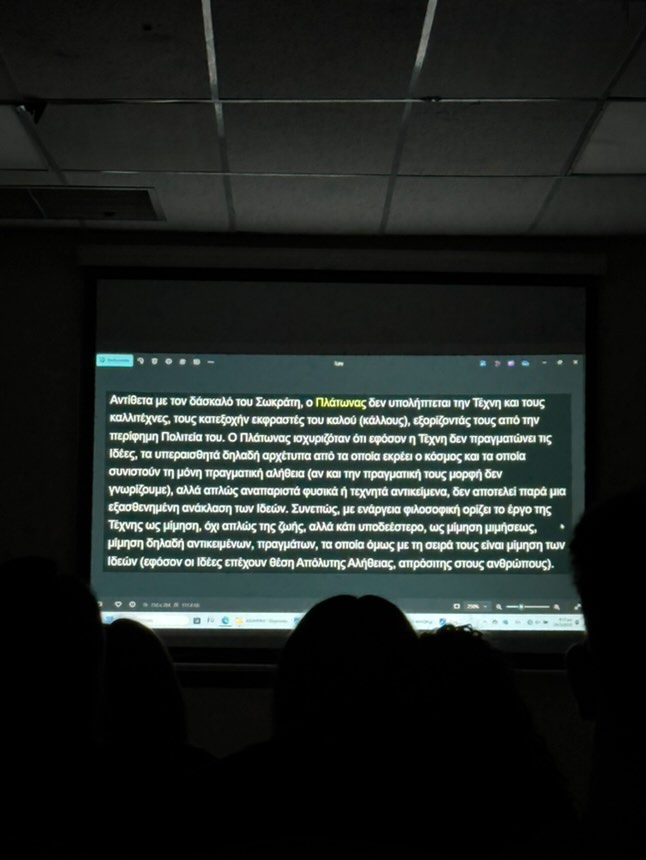
Plato
Plato had a complex and philosophical view of art and beauty, deeply intertwined with his theory of Forms. He believed that true beauty transcended the physical world and existed in the realm of ideal, perfect Forms.
We discussed for more than one hour on the subjects and then it was the time to see some more window images.
These are some from the best.
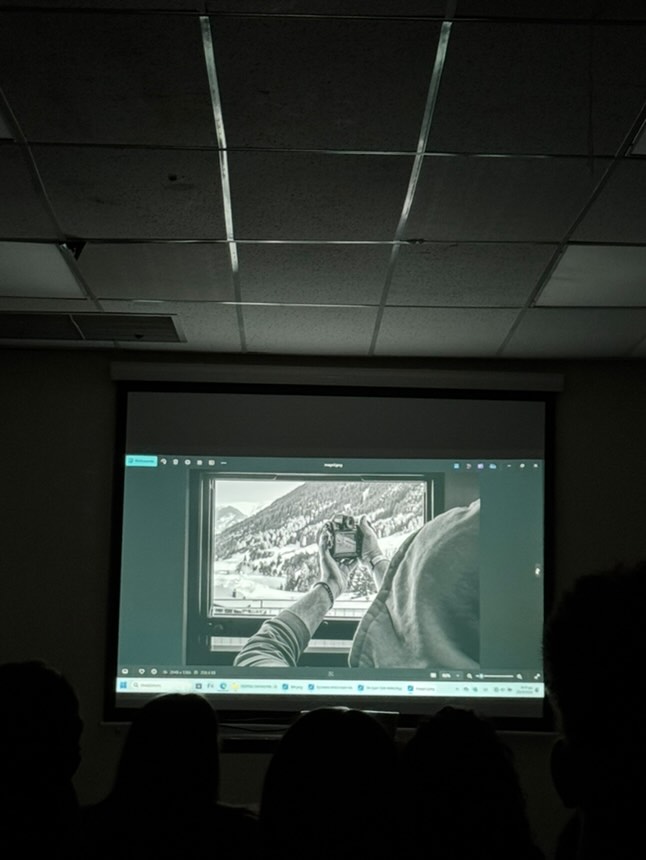 |  | 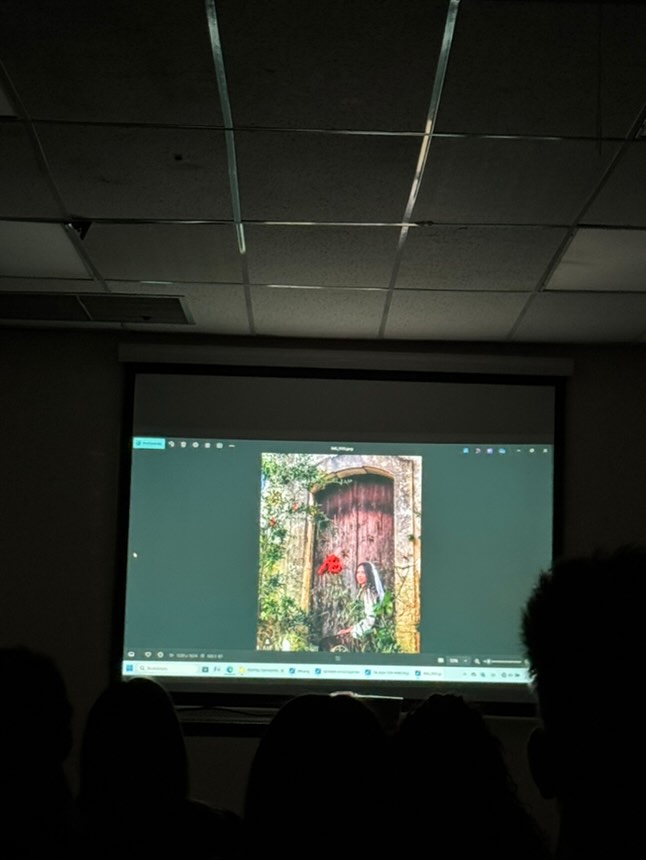 |
|---|
Unfortunately, he had not received my images, so today I sent him a few more
 |  |
|---|
 |  |
|---|
These are the photos I have sent - not sure if we will see them and if there will be any remarks or suggestions.
Second assignment
We should take a few shots from the same standing point and to the same subject, but with different lenses. I.e. if using a mobile, using the different options as follows
0.5x, 1x, 2x, 4 or 5x
 |  |  |  |
|---|
You can also see the specifications, and the differences in the camera and the other settings
Lets quickly go through those numbers and symbols
ISO: This refers to the sensitivity of the camera’s sensor to light. A lower ISO (e.g., 100) is best for bright conditions and results in less noise (grain), while a higher ISO (e.g., 800 or higher) is used in darker environments but can introduce more noise.
mm (Millimeter): This refers to the focal length of the camera lens, typically expressed in millimeters. A lower number (e.g., 26mm) gives a wider field of view (wide-angle), while a higher number (e.g., 120mm) results in a narrower field of view, offering zoomed-in or telephoto shots.
f (Aperture): This is the size of the opening in the lens, expressed as an "f-number" (e.g., f/1.8). A lower f-number allows more light to enter, which is great for low-light conditions and achieving a shallow depth of field (blurry background). A higher f-number (e.g., f/8) means less light enters but increases the depth of field (more of the scene is in focus).
s (Shutter Speed): This is how long the camera’s sensor is exposed to light. It's often expressed as a fraction (e.g., 1/1160s). A fast shutter speed (e.g., 1/1000s) freezes motion and reduces blur, while a slower shutter speed (e.g., 1/30s) lets in more light, but can result in motion blur if things are moving.
If you are wondering how these settings are selected, they are automatically handled.
In automatic mode, the phone’s software handles all these settings to optimize for a balanced exposure, sharpness, and minimal noise. As I understand there may be also a manual mode, but I have not checked it so much to be honest.

Previous course here
Final words:
This turned out to be a rather long post, but I think that we have all learned a lot of things and I am saving this post to come back to later on :)
If you want, you can re-create the assignment of making different shots from the same point but with other mobile camera and post below
It will be interesting to see your point of view and the differences!
Thanks so much for all your support!
Wow, coach this is some next-level advanced stuff.
Never thought it would be possible to explain photography this way! Nice work.
The fisheye lens photos look really cool with that round effect. Perhaps I'll try something similar with my phone and see the results 😁
People say 'it's not beauty what's beautiful, it's beauty what you like'
Good lesson aswell
@tipu curate 2
Photography has a lot to do with philosophy, that's great. I think beauty is subjective, and your photos are great.
Hm
Photography is kinda looking like anathema here😅
Great course!
So much information to digest! Thanks for sharing!
Yep, was a lot for me too! Too much technical stuff!